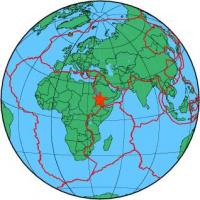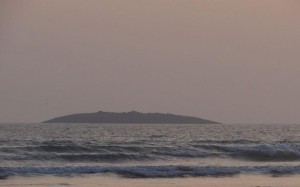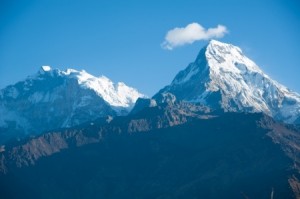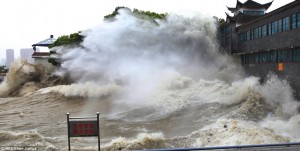
Powerful storms are coming ashore in India and the Philippines.
India and the countries along the Indian Ocean have had their fair share of natural disasters from earthquakes and tsunamis, and the Philippines have had every natural disaster hit their island from volcanoes, earthquakes, and violent storms.
Today, violent cyclones (aka hurricanes) are coming onshore in both of these countries.
Typhoons, Cyclones, Tropical Storms and Hurricanes
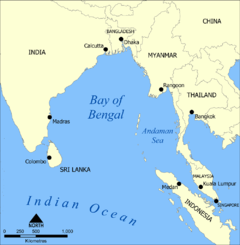
Tropical cyclone Phailin formed in the enclosed Bay of Bengal
Tropical cyclone Phailin has whipped up hurricane force winds equal to a CAT 4-5 hurricane. Forming within the enclosed Bay of Bengal, Phailin came onshore in India October 12, 2013. So far, 800,000 people have been evacuated from this very highly-populated eastern Indian shore.
Typhoon Nari crossed over the northern region of the Philippines in Luzon on October 11-12, 2013, Thirteen people were killed when the storm ripped off the roofs of homes and buildings, toppled trees, and triggered flash floods and landslides.
Nari is now in the South China Sea heading directly toward VietNam, and is expected to make landfall early Sunday October 13, 2013.
Typhoon Wipha has formed in the Pacific Ocean, east of the Philippines, and is heading NNW toward the southern islands of Japan.
Tropical Storm Octave is forming south of Baja, heading north onto the Baja Pensisula, but no warnings have been issued.
What’s A Cyclone?
The terms “hurricane” and “typhoon” are regional names for a strong “tropical cyclone”; they are all the same thing – a violent storm that forms over water.
